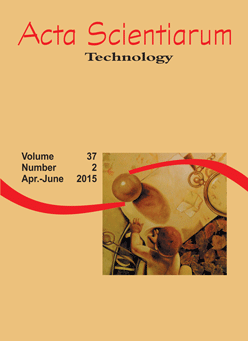<b>Study of sequential disinfection for the inactivation of protozoa and indicator microorganisms in wastewater
Abstract
Sewage disinfection has the primary objective of inactivating pathogenic organisms to prevent the dissemination of waterborne diseases. This study analyzed individual disinfection, with chlorine and ultraviolet radiation, and sequential disinfection (chlorine-UV radiation). The tests were conducted with anaerobic effluent in batch, in laboratory scale, with two dosages of chlorine (10 and 20 mg L-1) and UV (2.5 and 6.1 Wh m-3). In addition, to guarantee the presence of cysts in the tests, 104 cysts per liter of Giardia spp. were inoculated. The resistance order was as follows: E. coli = Total Coliforms < Clostridium perfringens < Giardia spp.. Furthermore, synergistic effects reached 0.06 to 1.42 log of inactivation in sequential disinfection for both the most resistant microorganisms.
Downloads
DECLARATION OF ORIGINALITY AND COPYRIGHTS
I Declare that current article is original and has not been submitted for publication, in part or in whole, to any other national or international journal.
The copyrights belong exclusively to the authors. Published content is licensed under Creative Commons Attribution 3.0 (CC BY 3.0) guidelines, which allows sharing (copy and distribution of the material in any medium or format) and adaptation (remix, transform, and build upon the material) for any purpose, even commercially, under the terms of attribution.
Read this link for further information on how to use CC BY 3.0 properly.





















